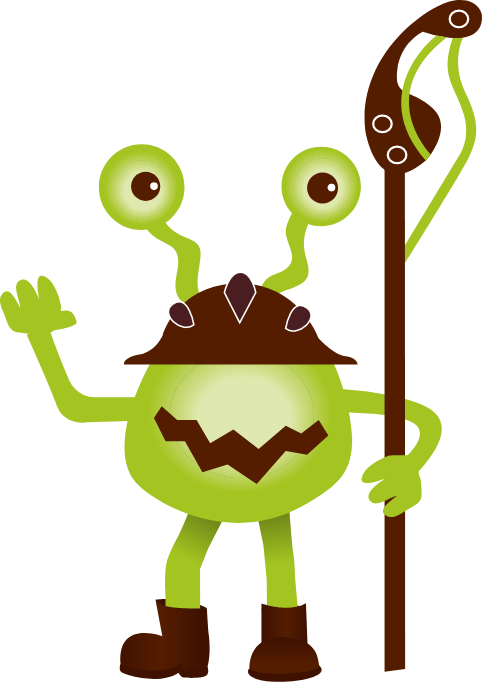Spongy Moth Infestation & Treatment
The spongy moth is an invasive Eurasian pest that causes extensive damage
to native and ornamental plantings. The arborists at your individually
owned and operated Monster Tree Service can spot, treat, and control a
spongy moth infestation, protecting your trees from further damage.
Do you suspect a spongy moth infestation is harming your trees? For treatment options, give us a call at (888) 744-0155!
There are two main subspecies of invasive spongy moths in America: European spongy moths in the Northeast, Southeast, and upper Midwest, and Asian spongy moths in the Pacific Northwest.
Spongy moth infestations are best identified by their eggs or their caterpillars.
- Spongy moth eggs. Fuzzy, light brown clusters of spongy moth eggs often dot tree trunks, branches, firewood, and sheltered areas like lawn furniture. Adult spongy moths lay an average of 600-700 eggs; Some lay even more! Though European spongy moth females are flightless, Asian spongy moths are long-distance fliers that can spread an infestation far beyond their original habitat. A region that was safe one year might see an infestation the next.
- Spongy moth caterpillars. The European subspecies are easily recognized by their five raised blue spots, followed by six pairs of raised red spots along their back. Asian spongy moth larvae are gray, yellow, or black with irregular white speckles.
Once in the caterpillar stage, the infestation is often relatively easy to spot as you will be able to see the caterpillars on the tree or shrub and notice the defoliation of the leaves or needles.
Young caterpillars pose the greatest threat to plant life, initially preying on tender, young foliage and needles. As they mature into adults, spongy moths will move on to more established foliage and needles, causing rapid defoliation of trees and shrubs.
While trees have a reputation for being resilient and capable of withstanding seasons of heavy feeding, consecutive years of this defoliation will cause trees to decline. The damage is most notable on conifers, which lose their needles and can’t grow them back. Leafy trees can often grow a second round of leaves in the latter half of summer once the caterpillars have pupated.
How to Get Rid of Spongy Moths
If you notice signs of infestation, take immediate action before the pest has a chance to damage the plants on your property. The first and most vital step to fighting an infestation is to call a local plant health care expert who can eliminate the pest safely and effectively.
Monster Tree Service's
Plant Health Care service offers extremely effective treatments for infestation control and prevention.
Our expert arborists come highly trained in the proper protocol to prevent
or eliminate pests in a safe way for the tree or shrub. We offer spongy
moth sprays and trunk injections that can treat an infestation that’s
already happening or protect your trees against future infestations. Our
protective and preventative spongy moth treatments can be effective for up to
Find Spongy Moth Treatment Near Me
Get rid of spongy moths before they can do irreparable damage to your favorite backyard trees. Let us help you protect and maintain the health of your favorite plants! Call Monster Tree Service today at (888) 744-0155 to book a free tree and shrub pest evaluation or request a free estimate online.
Frequently Asked Questions
What types of trees and shrubs are affected by the spongy moth?
While the European spongy moth is known to feed on 300 host plants, it tends to favor oaks. The Asian spongy moth feeds on a significantly larger population of plant species, including non-tree plants. Some of its favorite host trees are oaks, willows, poplar, and some evergreens.
The entire life cycle of a spongy moth usually lasts from mid-spring to late summer. Spongy moths have a cyclical pattern that varies over the years. In some years, populations may be low and unnoticeable. In other years, populations can be substantial and devastating to our trees. Vast populations have the potential to defoliate trees and shrubs entirely.
The spongy moth originally began as a pest native to Europe and Asia. It wasn't until 1869 that the European spongy moth accidentally made its entrance into the United States in a shipment of silkworms. A few spongy moths got loose in the Northeast and migrated into the Southeast and Midwest regions. The Asian spongy moth made its debut in the United States in 1991 and is most prevalent in the Northeast region.
A spongy moth and a gypsy moth are the same insect! Once called a gypsy moth, the common name was changed to spongy moth in 2021 to avoid using a derogatory name for the Romani people. The new name reflects the sponge-like mass of eggs the moth lays on trees.
Keep your trees happy and healthy with a range of tree care services provided by the experts at Monster Tree Service.
- A tree inspection can tell you which of your trees is vulnerable to spongy moths and which trees may already be suffering from an infestation.
- Spongy moths aren’t the only outside forces that can harm your trees! Our insect & disease management service helps identify signs of pests and illness and treat the cause.
- If an arborist determines that the spongy moth damage is too extensive for a recovery, schedule a tree removal to get rid of your dying tree.



















